Your chimney is an important component of your home’s heating system. It provides ventilation for the gases created by burning fuels, such as wood or coal. However, if not properly maintained, your chimney can become a silent threat that can cost you thousands of dollars. With winter approaching, it’s crucial to understand the risks associated with ignoring chimney maintenance and take the necessary steps to prevent them.
The Risks of Ignoring Chimney Maintenance
Ignoring chimney maintenance can lead to several risks that can be dangerous and costly. Here are some of the risks:
1. Chimney Fires: A dirty chimney can cause a dangerous build-up of creosote, which is a highly flammable substance. Creosote is formed when wood or coal is burned, and it accumulates on the walls of your chimney. If not removed, it can ignite and cause a chimney fire. Chimney fires can cause extensive damage to your home and even be life-threatening.
2. Carbon Monoxide Poisoning: A blocked or poorly ventilated chimney can cause carbon monoxide to build up in your home. Carbon monoxide is a colorless, odorless gas that is poisonous when inhaled in high concentrations. It can cause symptoms such as headaches, dizziness, nausea, and even death.
3. Structural Damage: A chimney that is not maintained can cause structural damage to your home. Water damage, cracks, and other issues can cause your chimney to collapse or become unstable, which can be costly to repair.
4. Decreased Energy Efficiency: A dirty chimney can decrease the efficiency of your heating system, which can result in higher energy bills. A clean chimney allows your heating system to work more efficiently, which can save you money in the long run.
What You Can Do to Avoid the Risks
To avoid the risks associated with ignoring chimney maintenance, you need to take some necessary steps. Here are some of the steps you can take:
1. Schedule Regular Inspections: Have your chimney inspected by a professional at least once a year. A professional can identify any potential issues before they become bigger problems. During an inspection, the professional will check for any signs of damage, blockages, or creosote buildup.
2. Clean Your Chimney: Have your chimney cleaned regularly to prevent the build-up of creosote and other debris. A professional chimney sweep can remove any debris from your chimney and ensure that it is safe to use. The frequency of cleaning depends on the type of fuel you use and the frequency of use of your fireplace or stove.
3. Install a Carbon Monoxide Detector: Install a carbon monoxide detector in your home to alert you if carbon monoxide levels become dangerous. Make sure to test the detector regularly and replace the batteries as needed.
4. Fix Structural Issues: If your chimney has any structural issues, such as cracks or water damage, have them repaired as soon as possible to prevent further damage. Structural issues can compromise the safety of your chimney, and ignoring them can lead to costly repairs or even collapse.
5. Use Your Chimney Correctly: Use your chimney correctly by only burning the appropriate materials and following the manufacturer’s instructions. Burning inappropriate materials can cause excessive creosote buildup and other issues that can be dangerous.
Ignoring chimney maintenance is like playing with fire. It can lead to several risks that can be dangerous and costly. Regular inspections, cleaning, and repairs can help prevent these risks and keep your chimney safe to use. Make sure to follow the manufacturer’s instructions and only burn appropriate materials. By taking these steps, you can ensure that your chimney is safe, efficient, and reliable, providing warmth and comfort to your home during the winter months.


